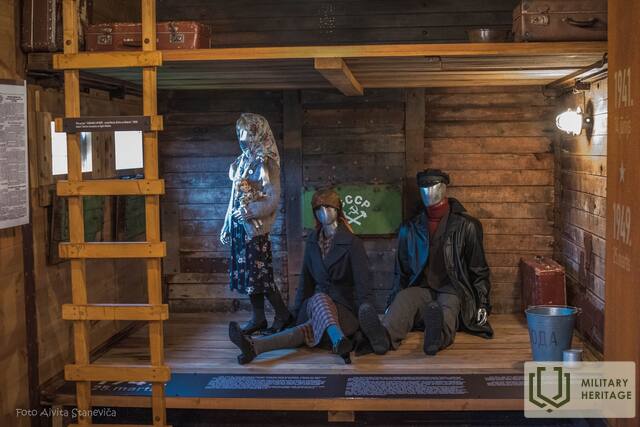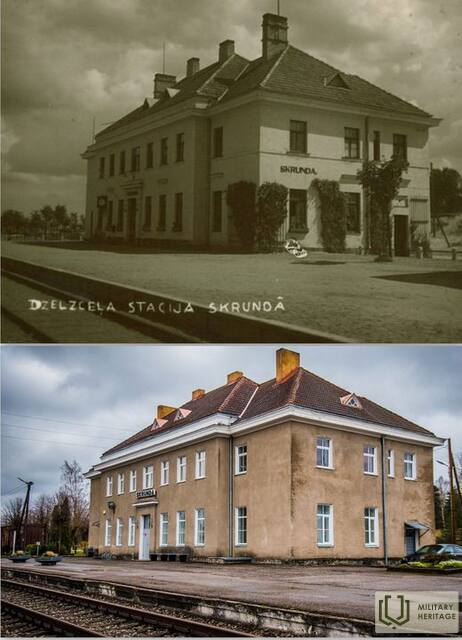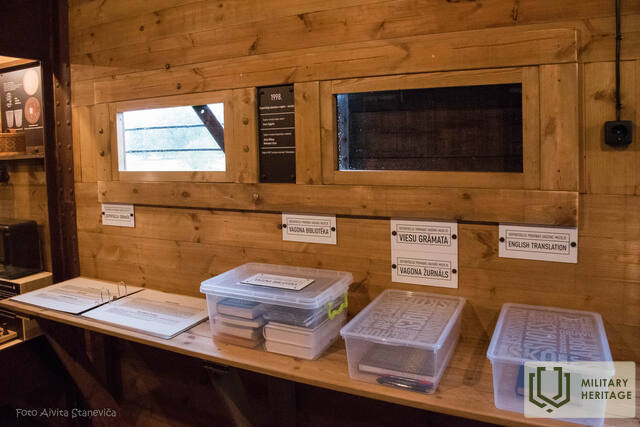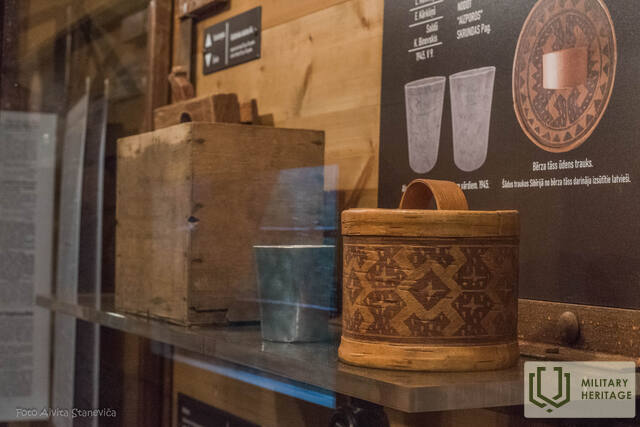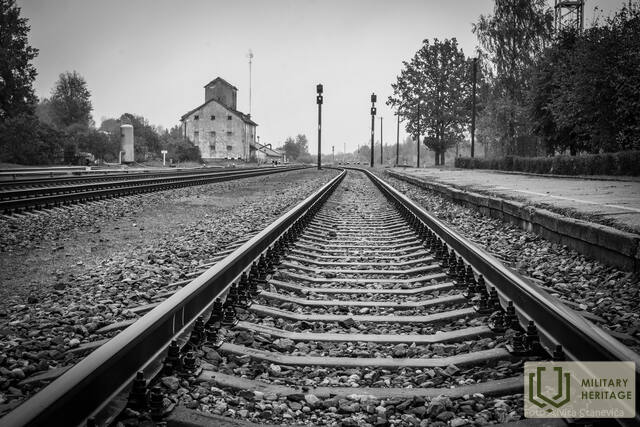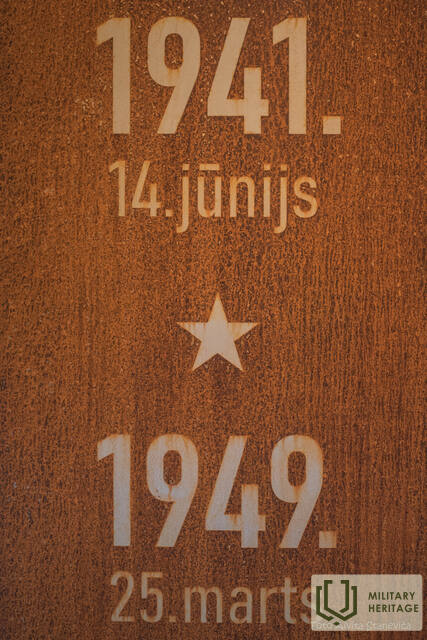Trėmimams naudotas galvijinis vagonas – muziejus Skrundos geležinkelio stotyje
Muziejus

1941 m. birželio ir 1949 m. kovo mėn. trėmimams atminti Skrundos geležinkelio stotyje pastatytas atminimo akmuo ir keturašis vagonas, kuris taip pat tarnauja kaip trėmimams skirtas muziejus. Tai pirmasis vagono tipo muziejus Latvijoje, kuriame nuolat eksponuojamos iš Skrundos stoties ištremtų žmonių nuotraukos, laiškai, atsiminimai, dokumentai ir įvairūs daiktai. Skrundos stotis buvo tremtinių surinkimo vieta ir viena iš trijų regiono stočių, į kurią buvo atvežti žmonės iš Skrundos ir Kuldygos apylinkių. 1941 m. iš čia į Krasnojarsko kraštą Sibire buvo ištremta pirmojo atkurtos Latvijos Respublikos prezidento Gunčio Ulmanio šeima.
Deportacijų pagalba sovietai susidorojo su nacionalinių partizanų šalininkais ir tuo pačiu metu baugino likusius kaimo gyventojus, versdami juos stoti į kolūkius.
Panaudoti šaltiniai ir literatūra:
www.skrunda.lv/lv/turisms/apskates-objekti/skrunda-un-pagasts-/deportāciju-pieminas-vagons-muzejs/
https://enciklopedija.lv/skirklis/108424-1949-gada-25-marta-deport%C4%81cija-Latvij%C4%81
Nuoroda į Gulagą ir Gulago žemėlapį: https://enciklopedija.lv/skirklis/36530-Gulags
Susijusi laiko juosta
Susijusios temos
Susijusi istorija
Generolo Janio Baložo gyvenimas po grįžimo iš tremties
Kai 1940 m. rusai bandė išspausti iš Latvijos vyriausybės palankią karinės bazės sutartį, kuri būtų beveik neįmanomą Latvijos armijos gebėjimą pasipriešinti Raudonajai armijai, generolas J. Balodis bandė gauti kai kurias sutarties pataisas. Tačiau tai nepavyko. Tačiau generolo priešininkai pasinaudojo šia aplinkybe, kad vėliau J. Balodį paverstų beveik išdaviku. Po konflikto su ministru pirmininku ir valstybės ministru K. Ulmaniu generolas 1940 m. balandžio 5 d. buvo atleistas iš karo ministro pareigų. Tuomet J. Balodis nusprendė dalyvauti Saeimos rinkimuose iš Demokratinio bloko, tačiau nieko iš to neišėjo, nes rinkimuose buvo leista dalyvauti tik vienam sąrašui – komunistų kandidatų sąrašui. Latvija tapo 14-ąja sovietine respublika.
1949 m. netoli Skrundos stoties slapta nufotografuotas tremties traukinys
1949 m. kovo 25 d. Skrundos mokinys Elmārs Heniņš matė, kaip buvo išvežami jo klasės draugai. Jis pasiėmė fotoaparatą ir užlipo ant netoliese esančios kalvos esančios pušys, kad užfiksuotų, kas vyksta, o vėliau nuotraukas paslėpė.




